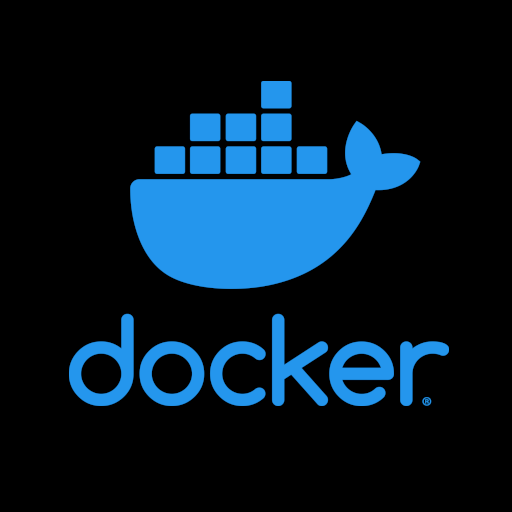I am trying new things, don’t mind some questions.
- 34 Posts
- 150 Comments
found it funny and couldn’t recall any other non-serious sub, so I shared it here.
Remind me of a time long ago when someone requested my help on setting up a project.I Tried setting up project on my system and there was malicious code that would collect and send data to the attackers, but it failed to read data because it was trying to access the C drive.

 187·3 months ago
187·3 months agoIt’s a search option, probably like how different search engines are present.
Didn’t mark too said something like this?

 2·4 months ago
2·4 months agoMostly ssh into server or pushing minor patches to github, or simple python programs.

 1·4 months ago
1·4 months agoWhat you do?

 7·4 months ago
7·4 months agoBeen there done that, not sustainable, at best will work for some hobbiest work.

 4·5 months ago
4·5 months agoMeta is trying to fuse the Snapchat into Instagram?

 27·5 months ago
27·5 months agoI don’t use Instagram, so I’m out of the loop. What’s going on? As far as I remember people were always allowed to mark thier location in post.

 3·5 months ago
3·5 months agoIf the plates are made of metal, leave them outside in the sun for an hour or so, and then beat them with a hammer.

 2·5 months ago
2·5 months agoStructured approach for hammer would be probably learning when not to use hammer I guess?

 3·5 months ago
3·5 months agoI want to cover a little bit of everything so that diving deeper later becomes much more efficient. For example, I want to understand the directory structure at a surface level before diving deep into installing and understanding the utilities and limitations of specific tools/packages.

 6·6 months ago
6·6 months agoFor me Tracks appears ruptured, any fix for that?

surprisingly russia is at 5th.

 4·6 months ago
4·6 months ago90’s aesthetic?

 51·6 months ago
51·6 months agoI wonder what is the otigin of that name?

 3·6 months ago
3·6 months agoCan you tell me more about your job, as fellow computer guy I would really appreciate first hand experience.
















clever, took me a few minutes to get it.